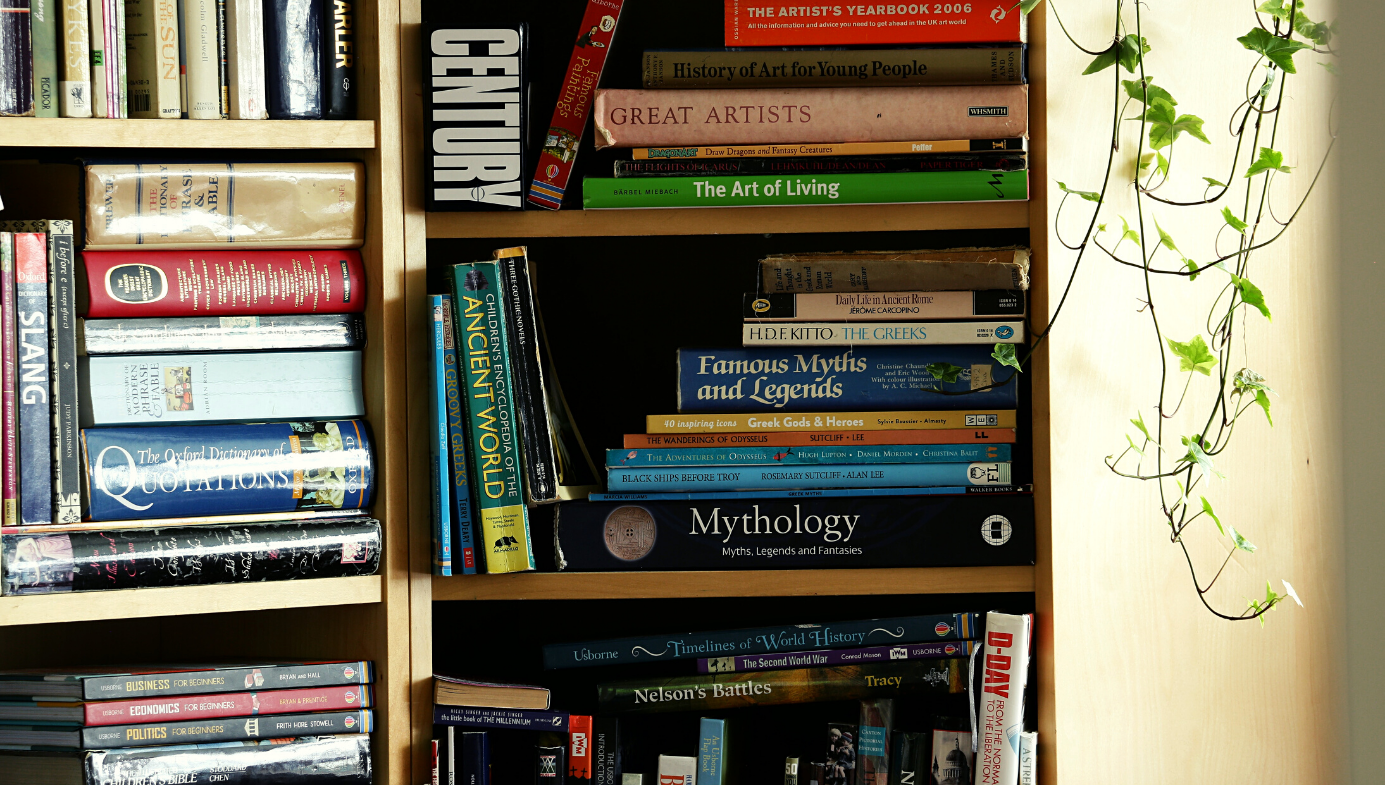Education
Postmodernism and the Decline of the Liberal Arts
Postmodernism is devouring the liberal arts. Such a deeply entrenched cultural problem cannot be solved by top-down intervention.

The ‘liberal arts’ were so named for their orientation towards free thought, and the foundational claim that they existed to enrich the lives of free people. They are, in other words, dependent on the open-mindedness of individuals wishing to develop their knowledge and understanding by exploring thousands of years of history and literature produced by human civilisation. Despite this, universities in recent years have seen a rapid decline in the reputation and value of liberal arts degrees. Whereas once an education in literature and philosophy was highly revered in academia, setting the world at its students’ feet, today a liberal arts education is widely regarded as a useless endeavour for aimless students, which offers no clear path for the future. This development can, in large part, be laid at the feet of the ever-increasing influence of postmodernism, a superficially attractive philosophy often used to promulgate political and cultural ideas. Courses that have embraced a postmodern viewpoint tend to harshly ostracise any conflicting perspective, thereby eroding the intellectual freedom upon which the liberal arts had hitherto relied.
Part of postmodernism’s allure is that it evades clear definition. Does it exist only in the realm of art and literary theory or is it also a social phenomenon? Like any cultural movement seeking to expand its territory, it seems to have designs on both. Postmodernism, in both the artistic world and the real worlds, is concerned with interpretation and subjectivity, and the deconstruction of overarching ‘meta-narratives.’ Its opposition to these meta-narratives, according to philosopher Stephen Hicks, can lead to a wholesale rejection of the Enlightenment’s salient ideas of reason, logic, knowledge, and truth. One of postmodernism’s most famous thinkers, Stanley Fish, has said of deconstruction (a postmodern technique) that “it relieves me of the obligation to be right…and demands only that I be interesting.”1 This is the essence of postmodern theory—you don’t have to be right, because right and wrong don’t exist.
Since universities are the home of contemporary philosophy, it should not be surprising that they are currently the main hub of contemporary postmodern thought. This manifests predominantly in liberal arts subjects, where postmodern subjectivity is often taught under the guise of ‘tolerance’ and ‘inclusivity.’ This is particularly evident whenever students are asked to analyse a work of art. Rarely are they encouraged to research the context in which the art was produced or to draw upon previous knowledge to uncover resonance and meaning. Instead, they are encouraged to fabricate interpretations based on their personal experience and feelings. Needless to say, I am not suggesting that contemplating and critically analysing art is an entirely objective enterprise. Artworks can yield multiple interpretations, and sometimes more than one of these interpretations will be equally valid. However, postmodern analysis takes this a step further; its rejection of grand narratives means it has no grounds on which to say that any interpretation is superior to any other. To say that one interpretation is better than another is not only to imply an objective standard, but also to ‘exclude’ or express ‘intolerance’ towards any interpretations that have been deemed inferior or less plausible.
This becomes especially hazardous when the postmodern approach to art is extrapolated into broader society: if an artwork can have an infinite number of viable interpretations, why can’t life itself? In describing the philosophy of a prominent postmodern thinker in his book, Explaining Postmodernism, Stephen Hicks asserts that reason “does not come to know a pre-existing reality; it brings all of reality into existence.”2 This drives a wedge between empirical knowledge and objective reality, providing the basis for an emphasis on the subjective. It also opens the door to blatant absurdity, because (a) in a world where objective truth doesn’t exist, absurdity is indistinguishable from fact, and (b) if interpretation is entirely subjective, then who is to say that an absurd interpretation is inferior to any other? Consequently, many liberal arts courses are infused with absurdities dressed as ‘tolerance’ that nobody is permitted to question. When university professors say, for example, that “race is not real” or “sexual dimorphism is a myth” nobody questions it. Such statements may have no empirical basis by any objective, scientific measure, but they are taught to students and accepted as mainstream wisdom in higher education just the same.

Postmodernism’s fear of exclusion in the arts and humanities is counterproductive to its aims. Postmodernists see distinctions between people, groups, or things as oppressive, and as a result, they attempt to mitigate marginalisation by blurring and dissolving distinctions. In the literary realm, for example, they “challenge the distinction between high and low culture,”3 hoping to eradicate the ‘oppressive’ and ‘elitist’ label of popular culture as somehow inferior. This pattern repeats itself right down to the pettiest details of language—the word ‘fireman,’ one of my university professors explained, is oppressive because it excludes women. But this philosophy runs into a wall when it stipulates that life itself is a process of exclusion and discrimination. Speaking a word implies the exclusion of all others. Articulating an idea discriminates against all other ideas. We cannot embrace all ideas at once, because each idea is then stripped of its value and meaning. Independent thought itself becomes a currency so devalued as to be rendered worthless.
Nevertheless, many university professors and tutors in the liberal arts will sacrifice real education, critical thinking, and the pursuit of knowledge for the sake of ‘inclusion.’ Every student must feel validated in her thoughts and feelings: there is no good and bad, there is no fact and fiction, and there is no right and wrong. As Dr. Norman Doidge has observed, “since we don’t know right from wrong, or what is good, just about the most inappropriate thing an adult can do is give a young person advice about how to live.”4
But this approach, it turns out, is not especially productive in a university environment. The liberal arts should be a place where students are challenged by their peers and by new perspectives—celebrated when they’re right and contested when they’re wrong. They should be pushed to think critically about new ideas and to reconsider and re-think their existing biases. Instead, liberal arts students are taught that all interpretations are valid, and that disapproval of any idea is evidence of their own narrow-mindedness. This presents a paradox: on the one hand, we are instructed to be inclusive and indulge every student’s subjective experience, regardless of whether it is right or wrong because objective judgments about what is right and wrong don’t exist. On the other hand, this suggests that anyone who does believe in the existence of an objective right and wrong are, themselves, objectively wrong. Inconsistencies like this are often evident in everyday classroom interactions. One of my humanities lecturers, for example, in attempting to explain the complexity of identity, condemned the idea that people should dictate what other people think, and “make anyone who departs from that way of thinking feel fearful and different.” She seemed unaware that the course she teaches is saturated with cultural and political biases that exclude any student who holds differing views. Such is the devious nature of postmodernism in the modern classroom—the ‘tolerance’ only extends to those who conform.
Postmodernism is devouring the liberal arts. Such a deeply entrenched cultural problem cannot be solved by top-down intervention. Rather, reform must come from the individual efforts of dissenting students and professors who presently remain silent for fear of being challenged by the orthodoxy of postmodern culture. Having your ideas challenged is the very essence of a university education, and the origin of the word ‘liberal’ in the liberal arts. The power of individual voices cannot be overstated. As Jordan Peterson has put it: “The answer to the problem of humanity is the integrity of the individual.”
References:
1 Fish, Is There a Text in this Class? p. 180.
2 Hicks, Explaining Postmodernism, p. 47
3 Barry, Beginning Theory: An Introduction to Literary and Cultural Theory, p. 66
4 Doidge, ‘Foreword,’ in Peterson, 12 Rules for Life: An Antidote to Chaos, p. xix






